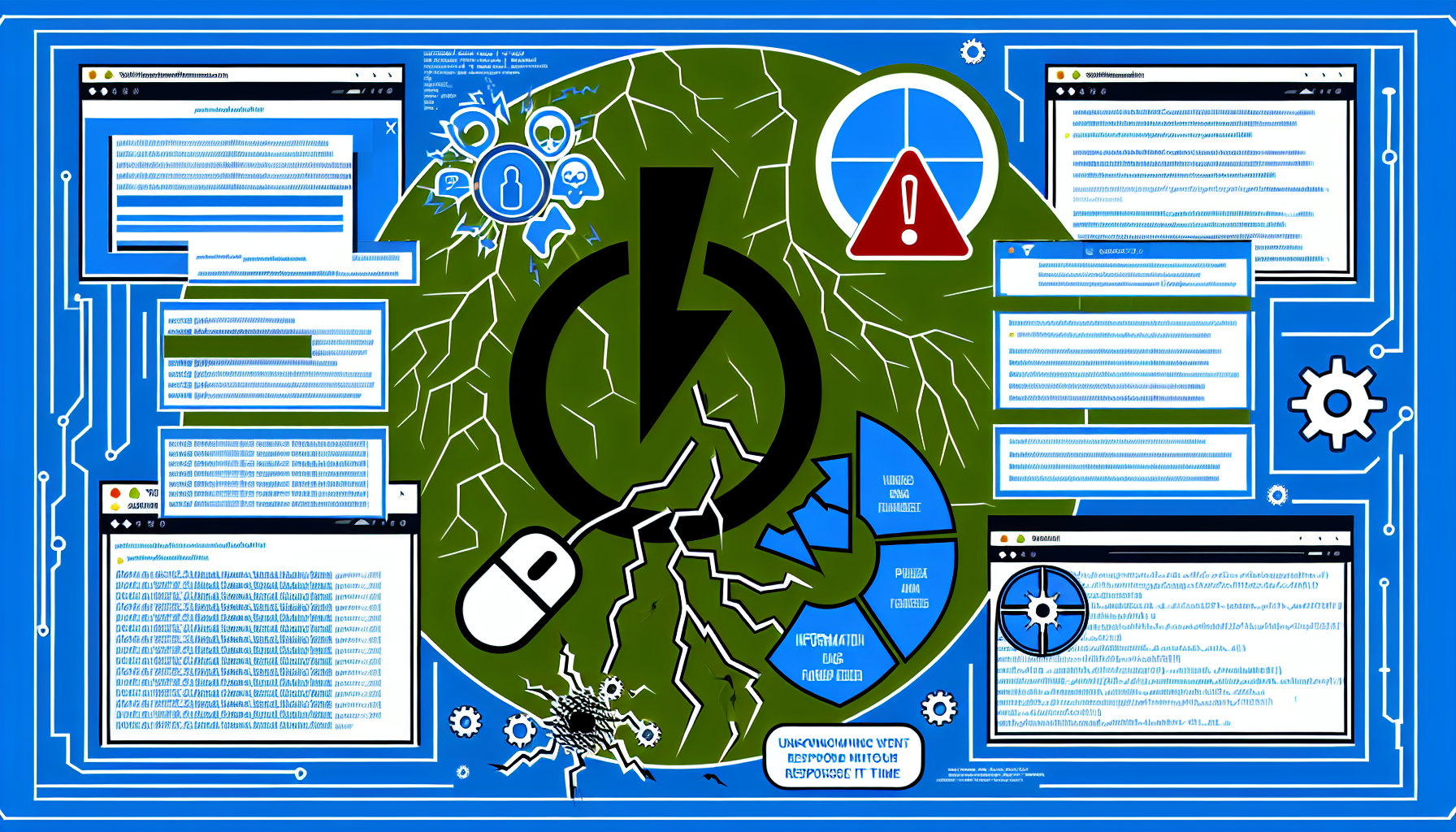Threat Overview
A new threat report published by AlienVault on April 25, 2025, reveals a disturbing trend in the cybersecurity landscape. Kaspersky researchers have uncovered a sophisticated version of the Triada Trojan that is being distributed through infected Android device firmware. This malware is embedded into system files before devices are sold, making it nearly impossible for users to detect or remove.
The Triada Trojan infects the Zygote process, which is crucial for launching applications on an Android device. By compromising this process, the malware can infiltrate all apps installed on the device, including popular ones like WhatsApp, Facebook, and various banking applications. This modular architecture allows attackers to deliver targeted payloads designed to steal cryptocurrency, credentials, and other sensitive data.
The implications of this threat are severe. Over 4,500 infected devices have been detected worldwide, with the highest concentrations in Russia, UK, Netherlands, Germany, and Brazil. The financial impact is already significant, with attackers having stolen over $264,000 in cryptocurrency so far.
Understanding the Threat
The Triada Trojan’s ability to embed itself into device firmware makes it a particularly insidious threat. Traditional antivirus software and even factory resets may not be sufficient to remove the malware, as it resides at a deeper level within the system files. This persistence allows the attackers to maintain control over the infected devices for extended periods, increasing the potential for data theft and financial loss.
The modular nature of the Triada Trojan enables attackers to adapt their tactics quickly. They can deploy different payloads tailored to specific targets, making it challenging for security teams to anticipate and defend against all possible attack vectors. The malware’s capabilities include intercepting SMS messages, making unauthorized calls, and acting as a reverse proxy, further expanding its potential for harm.
Geographical Distribution
The threat report highlights that the majority of infected devices are located in Russia, UK, Netherlands, Germany, and Brazil. This distribution suggests that the attackers may be targeting specific regions or markets where Android devices are widely used. The high number of infections in these countries underscores the need for heightened vigilance and proactive security measures.
Recommendations for Mitigation
Given the severity of this threat, it is crucial for both individuals and organizations to take immediate action to protect themselves. Here are some recommendations:
- Regular Updates: Ensure that all devices are running the latest firmware and software updates. Manufacturers may release patches to address vulnerabilities exploited by the Triada Trojan.
- Third-Party Security Software: Install reputable third-party security software that can detect and remove malware embedded in system files. Traditional antivirus solutions may not be sufficient, so opt for specialized tools designed to handle firmware-level threats.
-
User Education: Educate users about the risks associated with downloading apps from unofficial sources. Encourage them to stick to trusted app stores and avoid sideloading applications.
-
Network Monitoring: Implement network monitoring tools to detect unusual activity that may indicate a compromised device. This can help in identifying infections early and taking appropriate action.
-
Incident Response Plan: Develop and regularly update an incident response plan that includes steps for dealing with firmware-level malware. Ensure that all stakeholders are aware of their roles and responsibilities in case of an infection.
-
Collaboration with Manufacturers: Work closely with device manufacturers to ensure that they are aware of the threat and are taking steps to mitigate it. Encourage them to provide regular security updates and patches.
-
Regular Audits: Conduct regular security audits of all devices within the organization. This can help in identifying vulnerabilities and ensuring that all devices are compliant with security policies.
-
Data Encryption: Implement strong encryption for sensitive data stored on devices. This can help protect against data theft even if a device is compromised.
-
Multi-Factor Authentication (MFA): Enforce the use of MFA for accessing critical systems and applications. This adds an extra layer of security, making it harder for attackers to gain unauthorized access.
-
Backup Solutions: Regularly back up important data to secure locations. In case of a malware infection, this ensures that data can be restored without significant loss.
Conclusion
The discovery of the new version of the Triada Trojan embedded in Android device firmware is a stark reminder of the evolving nature of cyber threats. The ability of this malware to infect system files and compromise all apps on a device makes it a formidable adversary. However, by taking proactive measures and staying informed about the latest threats, individuals and organizations can significantly reduce their risk of falling victim to such attacks.
For more detailed information, please refer to the external references provided in the threat report:
- https://securelist.com/triada-trojan-modules-analysis/116380
- https://otx.alienvault.com/pulse/680bbbaa71bc4685688f2943
Stay vigilant and prioritize cybersecurity to protect against this and other emerging threats.
Discover more from ESSGroup
Subscribe to get the latest posts sent to your email.





